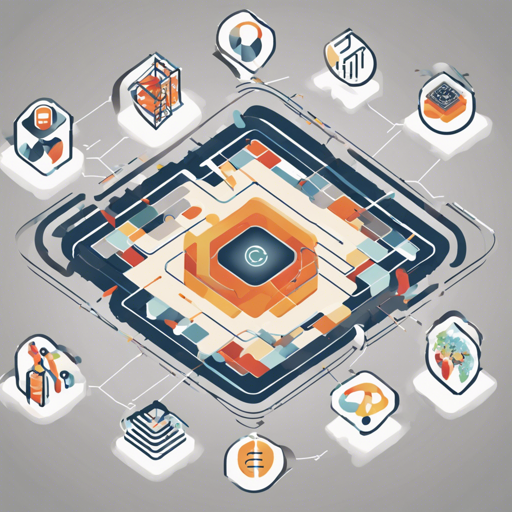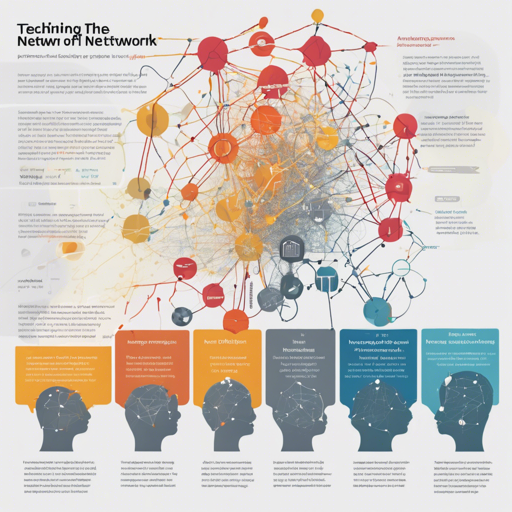In the evolving world of machine learning, processing and storing data efficiently is crucial. This is where Lance, a modern columnar data format, shines. It offers remarkable features such as 100x faster random access compared to Parquet, making it an ideal candidate...
How to Use IRIS – Intelligently Reinforced Image Segmentation
In an era where satellite imagery is critical for Earth observation, IRIS, or Intelligently Reinforced Image Segmentation, emerges as a powerful tool designed for manual image segmentation. This blog will guide you through the installation, usage, and troubleshooting...
Rethinking the Value of Network Pruning: A Practical Guide
In the ever-evolving field of artificial intelligence and neural networks, the quest for efficiency and accuracy is paramount. One of the most intriguing concepts that has emerged in this domain is "Network Pruning." This article discusses how to implement network...
Getting Started with Heat.js
A lightweight JavaScript library that generates customizable heat maps, charts, and statistics to visualize date-based activity and trends. Version: 4.2.1 What is Heat.js? Heat.js is a powerful and flexible JavaScript library designed to help you visualize data in the...
How to Analyze Tweets with TweetNLP
If you’ve ventured into the world of Natural Language Processing (NLP) and found yourself drawn to the buzzing realm of social media, TweetNLP is your new best friend. This Python library is tailored for interpreting the nuances of tweets, diving deep into sentiment...
How to Utilize LiteFlowNet2 for Optical Flow Estimation
LiteFlowNet2 is a powerful, lightweight convolutional neural network designed to tackle optical flow estimation challenges effectively. Developed by Tak-Wai Hui and associates, this repository provides the official code package from the research paper "A Lightweight...
DAD-3DHeads: A Comprehensive Guide to 3D Head Alignment from a Single Image
Welcome to our detailed guide on utilizing the DAD-3DHeads dataset! This rich resource serves researchers and developers interested in accurate and diverse 3D head alignments derived from a single image. Let’s navigate through the installation process, training...
How to Reproduce, Automate, and Scale Your Data Science with Polyaxon
Welcome to the world of Polyaxon! If you've ever faced the challenges of reproducibility, automation, and scalability in your machine learning projects, then you're in the right place. In this guide, we'll walk you through the steps to get started with Polyaxon,...
How to Create Conversational AI Agents with Alan AI SDK for Ionic
Are you ready to enhance your Ionic app with the magic of voice commands? With the Alan AI SDK, you can create a conversational AI agent that allows users to interact with your app through speech. This guide will walk you through the steps to set up Alan AI in your...








